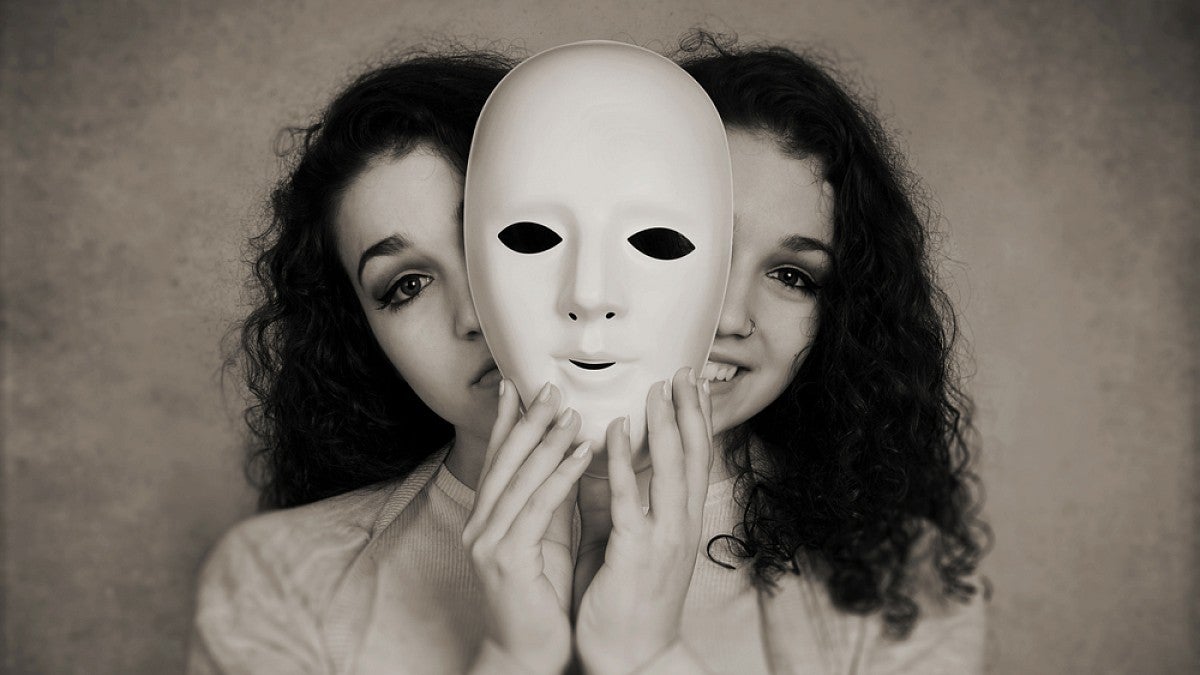When two people meet for the first time, they tend to see the other person as having a similar personality to their own.
A friendly and sociable person will tend to see others as friendly and sociable. Someone who is shy and reserved will see those characteristics in others.
In the world of psychology, this is known as the “assumed similarity effect.” Psychologists have theorized people use their own personalities to fill in the blanks with someone they don’t know well.
Now UO psychologists have proposed, tested and found support for another contributing factor: people tend to reciprocate each other’s behavior. A person who acts friendly and sociable is more likely get the same in return.
In other words, people temporarily bring out behavior that is like their own personality, see that behavior and infer that is what the other person is like. They dubbed the phenomenon the “perceiver-elicited similarity effect.”
Their study also found support for a dissimilarity effect: Assertive, dominant people bring out passive behavior in others, and passive people bring out assertive behavior.
The study was published last summer in the Journal of Personality and Social Psychology, published by the American Psychological Association. Bradley Hughes, a doctoral student, is the lead author. Co-authors are his adviser, professor Sanjay Srivastava, and John Flournoy, a former student of Srivastava’s who earned his doctorate at the UO and is now at Harvard University.
“The idea is, people influence each other when they interact,” Srivastava said. “They bring out behaviors in the other person that are in some ways predictably similar, and in others, predictably dissimilar.”
To test their theory, the psychologists conducted an experiment, adapting the procedure from one that Hughes used when he was studying at the University of California, Berkeley. They recruited 322 UO students, split them into pairs, and asked them to review and jointly judge a series of photographs depicting works of art.
“We wanted people to interact and make these ratings and have a chance to influence each other,” Hughes said.
The participants assumed the roles of co-managers of an art gallery and were given 20 minutes to review 20 paintings and select three to hang in the gallery. Their interactions were videotaped.
Before completing the art gallery task, each participant completed self-reports of their personalities. Afterward, they returned to a private room and provided perception judgments of their partner. A team of research assistants then watched the videotaped interactions and rated and coded the participants’ behavior.
“The idea is that personality flows through interpersonal interactions, from who a person is, to how they act, to how others respond to them,” Hughes said.
“You go through life making people a little more like you,” Srivastava said. “The implication is, you have an interaction, you make people more like you, and you see that. This builds up over time. Your world view of what people are like is based on your own personality because of what you bring out in them.”
The study took about four years from conception to publication. The behavior coding part was “very labor intensive,” requiring teams of UO undergraduate research assistants to watch the videos and make structured ratings.
“You can influence your impressions of others by interacting with them,” Hughes said. “Everyday interactions change how you see people. Evidence of these effects opens doors for future studies exploring interpersonal influences on other social cognitive effects.”
—By Tim Christie, University Communications


